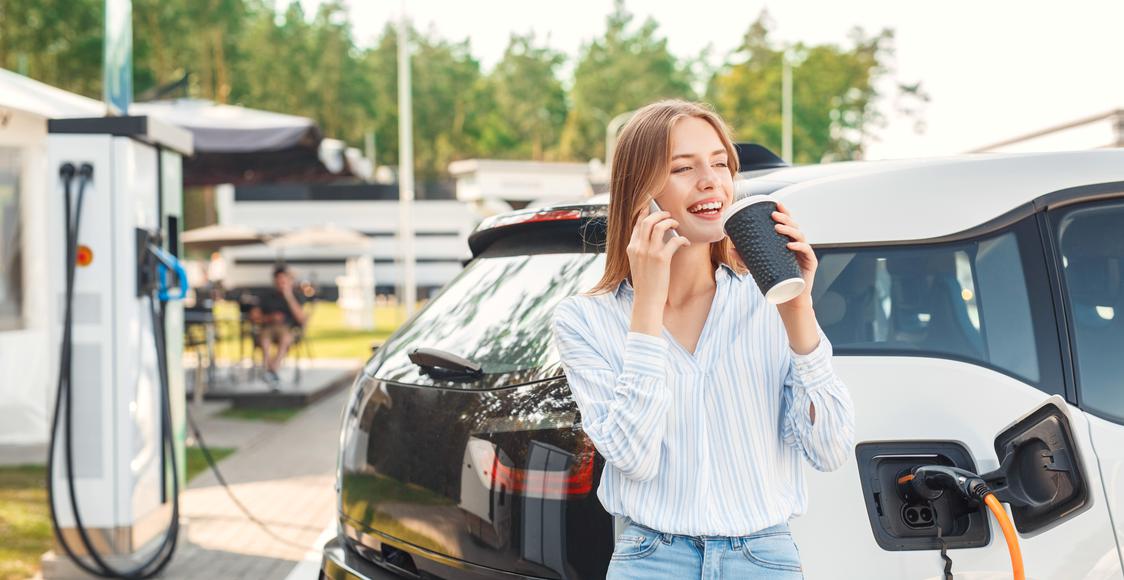Plug-In Electric Drive Vehicle Credit
The Plug-In Electric Drive Vehicle Credit (30D) provides credit between $2,500 and $7,500 in nonrefundable tax credit for qualifying vehicles. All electric vehicles must have been purchased after December 31, 2009, and must acquire their energy from a battery that has a capacity of at least 5 kilowatt-hours. The exact amount you are eligible for is dependent on the battery capacity, with larger payouts granted to vehicles with longer battery lives in kilowatt-hours.
In addition, vehicles with two or three wheels that are powered by batteries with 2.5 kilowatt-hours or more—which can be recharged via an external source—may qualify under Section G. Vehicles that fall into this category must have been purchased between 2012 and 2013, but the owners must have started using the vehicle in the year that the EV tax credit was claimed. The maximum amount available in nonrefundable tax credit is $2,500 for these vehicles and is calculated as 10 percent of the purchase price (see IRS Section 30D for more information).
Alternative Fuel Infrastructure Tax Credit
While the majority of the Alternative Fuel Infrastructure Tax Credit verbiage is aimed toward fueling-station owners, homeowners benefit from a credit as well. Residents who buy qualifying residential fueling equipment—including electric vehicle charging stations—before the end of the calendar year might be eligible for a tax credit of up to $1,000 (see IRS Form 8911 for additional information). If you’re considering installing an electric charging station in your home, remember that the process will likely require obtaining local permits.
“When city permits and inspections are involved,” says Steven Phillips, cofounder of A-EV Installs, “it takes a lot of experience and diplomacy to get things done on your behalf.” So, start planning now and call a reliable electrician if you’re interested in completing the work this year.
How To Get A California Electric Car Rebate






